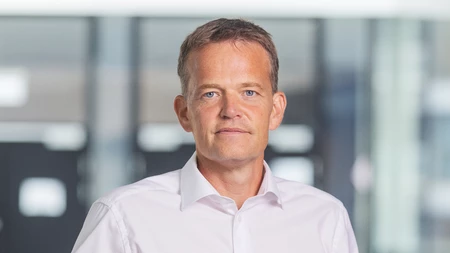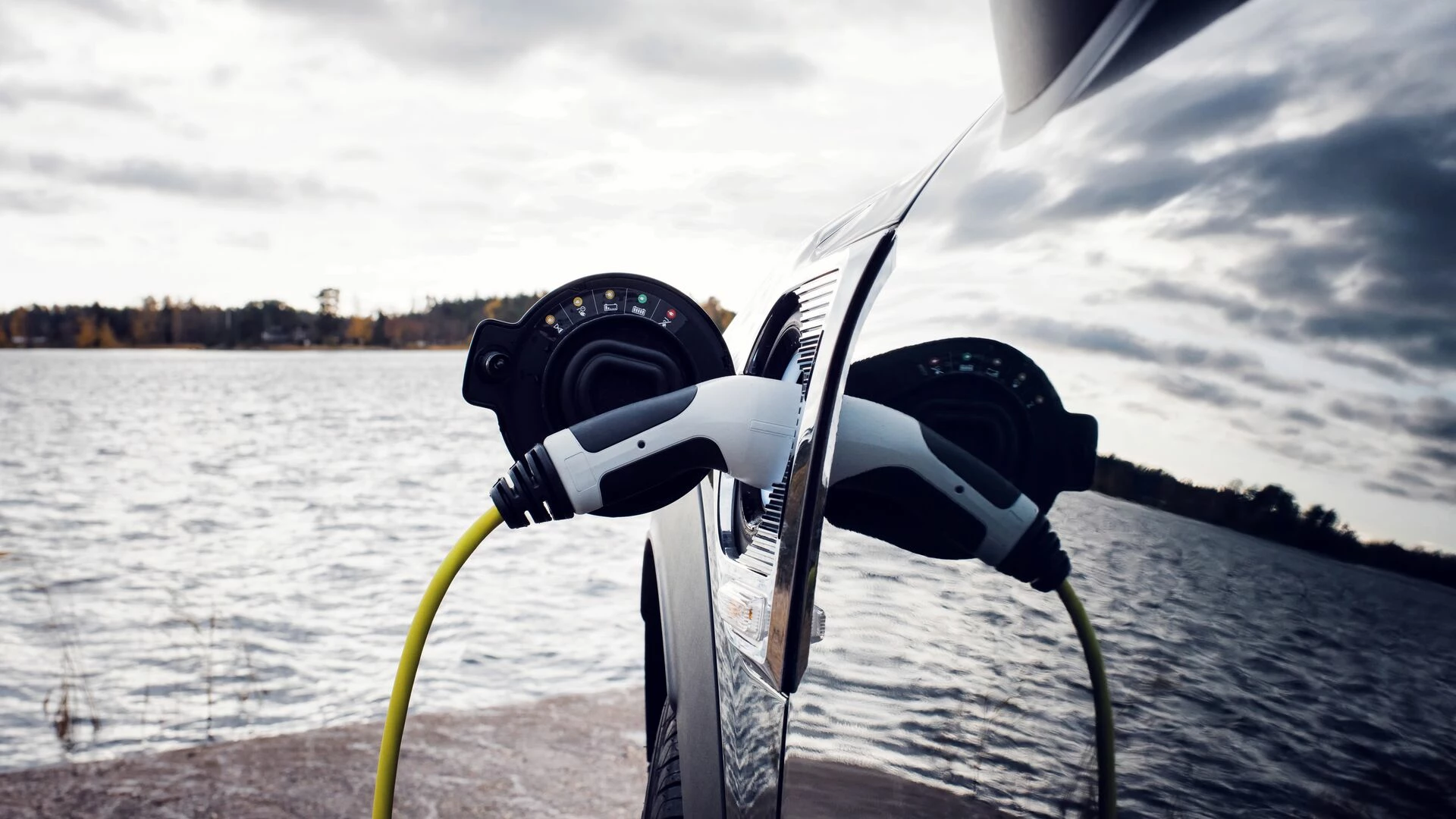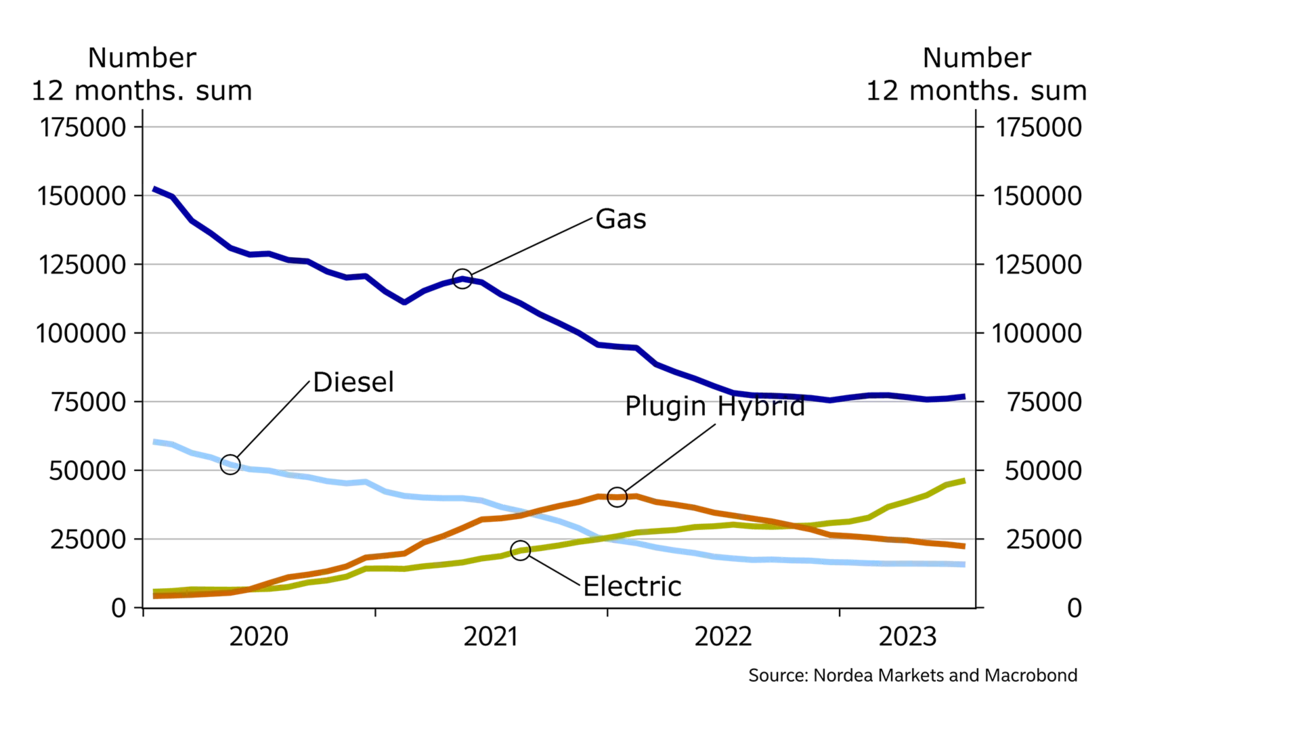
- Name:
- Jan Størup Nielsen
- Title:
- Nordea Chief Analyst
As part of the ambition to reduce greenhouse gas emissions, vehicle taxation has been significantly changed. This has led to a sharp rise in the fleet of electric cars, while the number of diesel cars has declined. Despite this increase, there is still a long way to go to fulfil the ambition of one million zero- and low-emission cars on Danish roads in 2030.

In 2020 a broad majority of the Danish Parliament adopted the Danish climate law. According to the law, Denmark must reduce greenhouse gas emissions by 70% by 2023 compared to 1990. Also, a long-term target was set to make Denmark climate-neutral by 2050 at the latest.
In 2021 Denmark had reduced greenhouse gas emissions by 40%. A key reason was a successful reduction of emissions from utility companies as a result of the transition to renewable energy sources such as wind and solar power.
However, the reduction from the utility companies has meant that an increasingly larger share of household emissions comes from transport. In 2021 driving thus accounted for 47% versus 23% in 1990. According to an analysis from Statistics Denmark, total emissions from family car travel have been more or less constant since 1990, even though the number of cars on the roads has risen sharply during that period. The reason is that the Danish car fleet has become much more energy efficient since then.
To reduce transport emissions, the Danish government in late 2020 adopted an agreement on a green transition of road transport. With this agreement the government aims to reach 775,000 electric cars in 2030. According to The Ministry of Taxation this should decrease emissions by a total of 2.1 million tonnes. The government also announced an ambition of having as many as one million low- or zero-emission cars on the road by 2030.
As part of the agreement, it was decided to change registration tax to favour the purchase of green cars much more. Especially for 100% electric cars, for which the tax was significantly reduced. On the other hand, the registration tax for conventional cars was increased. These changes have noticeably impacted car sales in recent years. More than 46,000 electric cars were sold over the past year. This equals almost 30% of all passenger cars sold – the highest share ever recorded.
This sharp rise in sales has increased the fleet of electric cars to just over 150,000 by end-July. This equals an increase of more than 65% versus the year-earlier period. Conversely, numbers of petrol cars and diesel cars on Danish roads have dropped by just under 20,000 and just over 46,000, respectively, over a the past year. However, compared to the total car fleet on Danish roads, electric cars still only make up about 5.5%.

A green transition of the transport sector is a crucial precondition for reaching the ambitious climate goals. It will require a sharp increase in sales of electric cars in future.
In recent years, car sales have made up some 4% of overall household consumption. Historically, car sales have fluctuated widely and thus impacted the trend in overall household consumption. In the coming years several opposite effects could influence car sales and consumer spending.
Persistently high interest rates and projections of moderately rising unemployment will likely curb the demand for new cars. On the other hand, prospects of positive real wage growth and continued high levels of household savings indicate solid underlying demand for new green cars also going forward.
In addition, the 2020 agreement on registration taxes includes a model in which taxes on cars with charging ports are gradually raised towards 2030. This means that prices will rise as early as the turn of the year, which will especially affect plugin hybrid cars. This could trigger a hoarding effect over the autumn, but weaken demand going into 2024.
But all in all, the new registration tax structure has shown that it is possible to change households’ consumption pattern. That’s why it is very much a question of political priorities to ensure that the ambition of having one million green cars on Danish roads by 2023 is fulfilled.
This article originally appeared in the Nordea Economic Outlook: Not there yet, published on 6 September 2023. Get the latest Nordea Economic Outlook.


Sustainability
Amid geopolitical tensions and fractured global cooperation, Nordic companies are not retreating from their climate ambitions. Our Equities ESG Research team’s annual review shows stronger commitments and measurable progress on emissions reductions.
Read more
Sector insights
As Europe shifts towards strategic autonomy in critical resources, Nordic companies are uniquely positioned to lead. Learn how Nordic companies stand to gain in this new era of managed openness and resource security.
Read more
Open banking
The financial industry is right now in the middle of a paradigm shift as real-time payments become the norm rather than the exception. At the heart of this transformation are banking APIs (application programming interfaces) that enable instant, secure and programmable money movement.
Read more